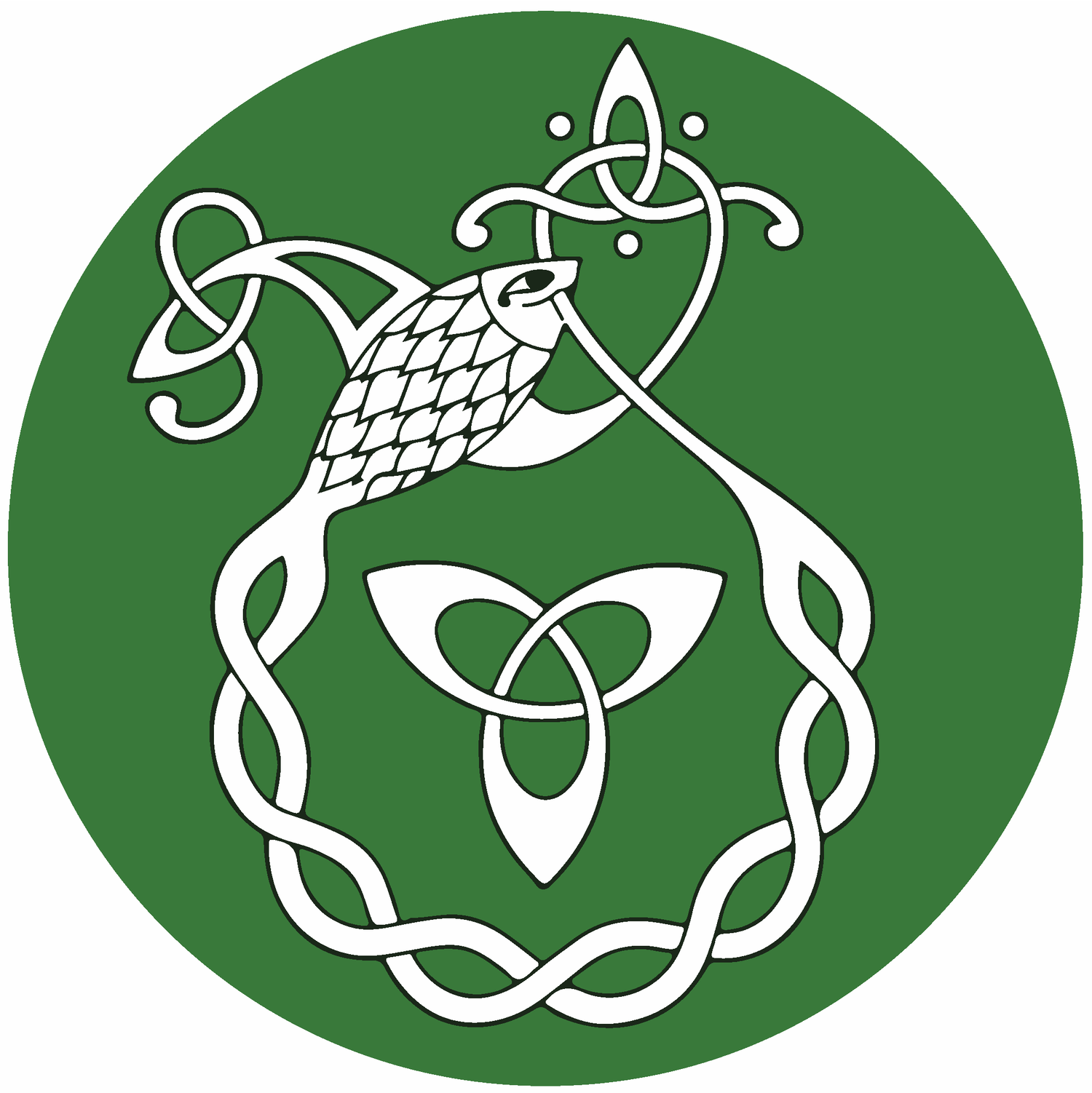Na Gaeil i dTalamh an Éisc (1998)
Aodán Ó hEadhra, Co. Dhún na nGall agus Co. an Longfoirt
Aodán Ó hEadhra was born in Co. Dún na nGall and achieved his higher education at the University of Ottawa and Memorial University of Newfoundland. His groundbreaking study, published in 1998, brought global attention to the survivals of Irish Gaelic culture within Newfoundland culture.
“Bhí dearcadh Ghaeil Thalamh an Éisc i leith na sióg, agus gach ar bhain leo, chomh láidir is a bhíodh in Éirinn. Ní amháin sin, bhí ‘the little people’ nó ‘the good people’, mar a thugaidís orthu, mórthimpeall othru - i dTalamh an Éisc! Ní raibh ráthanna ná liosanna den sórt atá ar fáil in Éirinn ann, ach chreid daoine go raibh cónaí orthu in uaimheanna agus i seomraí breátha faoin dtalamh…
Dúirt Aly [O’Brien] nach dtógfaí teach ar chosán ar eagla go mbeadh an cosán sin in úsáid ag na daoine maithe… Ó Mheitheamh go Meán Fomhair choimeád na Brianaigh a gcuid ba lasmuigh ins na páirceanna. Nuair a bhíodh na ba dá gcrú amuigh, steancadh an chéad trí bhraon ar an dtalamh dona daoine beaga (‘for the little people’), rud nár rinneadh riamh laistigh mar gur creideadh go mba mhaith an rud é na sióga lasmuigh a shásamh le céad bhainne na mbó a thairiscint dóibh.
Sa bhfómhar tharlódh rud ar ar thugadar an sí gaoithe (‘the fairy whirlwind’), agus bhí cuid acu chomh láidir sin, dúirt Aly, go bhféadfaidís cochán coirce a thógaint tríd an aer céad slat ar shiúl. Nuair a d’fheicfeadh aon duine a leithéid, chaithfeadh sé sop tuí i ndiaidh an tsí gaoithe, rud a rinneadh chun an sióga a thabhairt chun suaimhnis. In áiteacha in Éirinn tugadh ‘fairy breeze’ ar an ghaoth seo a bhíonn ann de ghnáth i rith an tsamhraidh, agus an míniú a bhí leis, dar le daoine, ná go raibh an slua sí ag dul thart. Sa cheantar ar a dtugtar an Southern Shore i dTalamh an Éisc, thug na daoine ‘fairy squall’ air.
Bhí sé de nós ag máthair na mBrianach rabhadh a thabhairt dona daoine maithe nuair a bhíodh sí ag caitheamh uisce salach amach sa chlós istoíche. Déarfadh sí rud éigin cosúil le, ‘Shaunree!’ Cheap Aly gur thruailliú ar na focail, ‘Seachain í,’ a bhí dá rá aici, an rabhadh traidisiúnta a tugtaí dona sióga in Éirinn.”
“The view of Newfoundland Gaels towards the fairies, and everything concerning them, was as strong as it had been in Ireland. Not only that, ‘the little people’ or ‘the good people’ as they were called, were all around them - in Newfoundland! There were no fairy forts or fairy mounds as there are in Ireland, but the people believed that they lived in caves and in fine rooms under the ground…
Aly [O’Brien] said that a house would not be build on a pathway for fear that the path would be used by the good people… From June to September the O’Briens kept their cows outside in the fields. When the cows were milked outside, the first three drops of milk would be squirted on the ground ‘for the little people’, a thing that was never done inside as it was believed that it was a good thing to satisfy the outdoor fairies by providing the first milk of the cows to them.
In the autumn, a thing would happen that they called ‘the fairy whirlwind’, and some of them were so strong, Aly said, that they could take a straw of oats flying one hundred yards through the air. When anyone saw something like that, they would throw a small bundle of thatch after the fairy whirlwind, a thing that was done to pacify the fairies. In places in Ireland this wind is called the ‘fairy breeze’, which usually occurs throughout the summer, and the meaning of it, according to people, is that the fairy host are going about. In the area they call the Southern Shore in Newfoundland, the people call it the ‘fairy squall.’
It was a manner of O’Brien’s mother to give a warning to the good people when she was throwing our dirty water in the yard in at night. She would say something similar to ‘Shaunree!’ Aly thought that is was a corruption of the words ‘Seachain í’ that she would say, the traditional warning that was given to the fairies in Ireland.”
Adapted from: Ó hEadhra, Aodhán. 1998. Na Gaeil i dTalamh an Éisc. Coiscéim: Baile Átha Cliath. 164-165, 171-172.

